Resources
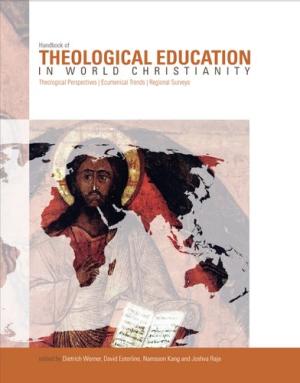
Theological education is vital for the future of World Christianity—this conviction lies at the heart of this publication. Theological education has the potential to be the seedbed for the renewal of churches, their ministries, mission, and commitment to Christian unity. If theological education is neglected by church leaders or in funding, the consequences are far reaching; they might not be visible immediately, but they will certainly become manifest over time in the theological competence of church leadership, the holistic nature of mission, and the capacities for ecumenical and interfaith dialogue and the interaction between church and society. Investment in theological education is investment of hope in the future and mission of World Christianity. The transmission of Christian memory, the education for God’s peace and justice, and the formation for church and community leadership therefore should be priorities in all churches; however, in many places theological education is far from secure or even in crisis at the present time. (From the Publisher)
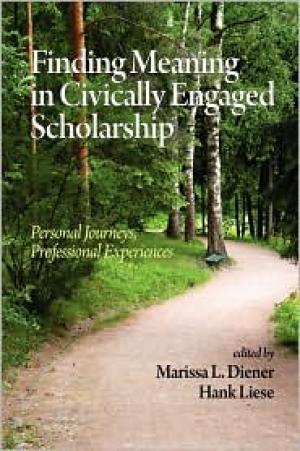
From the Pubisher The essays in this volume are a collection of reflective narratives, rather than traditional scholarly treatises. The book is divided into two parts. The first part describes our individual journeys as each of us found our way to civically engaged scholarship and came to see it as critical to our academic endeavors and identity. This section also highlights the interdisciplinary nature of our work as we discuss our journeys through our own disciplinary lenses. The second part presents detailed examples of our civic engagement, including service-learning classes, community based research projects, and creation of community service-learning spaces. These chapters provide a varied picture of the available avenues for civic engagement for students and faculty in a higher education setting. We provide sufficient details of our projects and classes to enable replication. The book concludes with a discussion of civic engagement as it is defined in the literature. The conclusion also discusses institutional factors that support and promote civic engagement as well as the importance of community involvement in service learning. Five common themes that emerged across the chapters are described. These themes include the use of service learning and civic engagement as an effective pedagogy, the relationship between civic engagement and political activism, the importance of partnership and collaboration, the meaning found in civic engagement, and the challenges of civically engaged work.
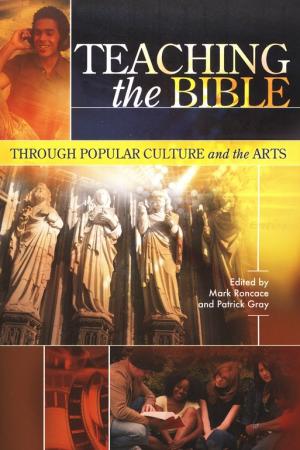
This resource enables biblical studies instructors to facilitate engaging classroom experiences by drawing on the arts and popular culture. It offers brief overviews of hundreds of easily accessible examples of art, film, literature, music, and other media and outlines strategies for incorporating them effectively and concisely in the classroom. Although designed primarily for college and seminary courses on the Bible, the ideas can easily be adapted for classes such as Theology and Literature or Religion and Art as well as for nonacademic settings. (From the Publisher)
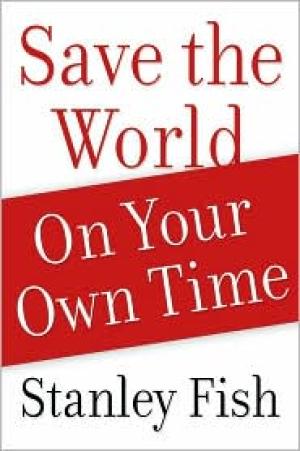
What should be the role of our institutions of higher education? To promote good moral character? To bring an end to racism, sexism, economic oppression, and other social ills? To foster diversity and democracy and produce responsible citizens? In Save the World On Your Own Time, Stanley Fish argues that, however laudable these goals might be, there is but one proper role for the academe in society: to advance bodies of knowledge and to equip students for doing the same. When teachers offer themselves as moralists, political activists, or agents of social change rather than as credentialed experts in a particular subject and the methods used to analyze it, they abdicate their true purpose. And yet professors now routinely bring their political views into the classroom and seek to influence the political views of their students. Those who do this will often invoke academic freedom, but Fish argues that academic freedom, correctly understood, is the freedom to do the academic job, not the freedom to do any job that comes into the professor's mind. He insists that a professor's only obligation is "to present the material in the syllabus and introduce students to state-of-the-art methods of analysis. Not to practice politics, but to study it; not to proselytize for or against religious doctrines, but to describe them; not to affirm or condemn Intelligent Design, but to explain what it is and analyze its appeal." Given that hot-button issues such as Holocaust denial, free speech, and the Israeli-Palestinian conflict are regularly debated in classrooms across the nation, Save the World On Your Own Time is certain to spark fresh debate-and to incense both liberals andconservatives-about the true purpose of higher education in America. (From the Publisher)
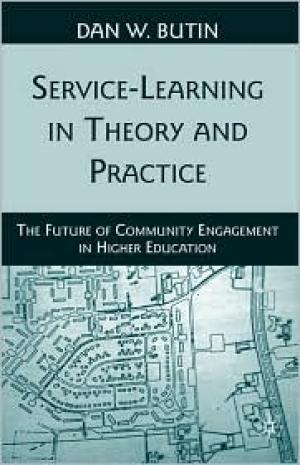
This book offers a comprehensive rethinking of the theory and practice of service-learning in higher education. Democratic and community engagement are vital aspects of linking colleges and communities, and this book critically engages the best practices and powerful alternative models in the academy. Drawing on key theoretical insights and empirical studies, Butin details the limits and possibilities of the future of community engagement in developing and sustaining the engaged campus. (From the Publisher)
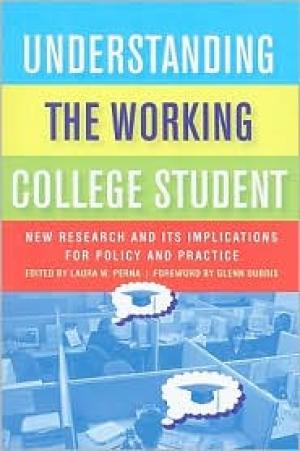
Understanding the Working College Student: New Research and Its Implications for Policy and Practice
How appropriate for today and for the future are the policies and practices of higher education that largely assume a norm of traditional-age students with minimal on-campus, or no, work commitments? Despite the fact that work is a fundamental part of life for nearly half of all undergraduate students – with a substantial number of “traditional” dependent undergraduates in employment, and working independent undergraduates averaging 34.5 hours per week – little attention has been given to how working influences the integration and engagement experiences of students who work, especially those who work full-time, or how the benefits and costs of working differ between traditional age-students and adult students. The high, and increasing, prevalence and intensity of working among both dependent and independent students raises a number of important questions for public policymakers, college administrators, faculty, academic advisors, student services and financial aid staff, and institutional and educational researchers, including: Why do so many college students work so many hours? What are the characteristics of undergraduates who work? What are the implications of working for students’ educational experiences and outcomes? And, how can public and institutional policymakers promote the educational success of undergraduate students who work? This book offers the most complete and comprehensive conceptualization of the “working college student” available. It provides a multi-faceted picture of the characteristics, experiences, and challenges of working college students and a more complete understanding of the heterogeneity underlying the label “undergraduates who work” and the implications of working for undergraduate students’ educational experiences and outcomes. The volume stresses the importance of recognizing the value and contribution of adult learners to higher education, and takes issue with the appropriateness of the term “non-traditional” itself, both because of the prevalence of this group, and because it allows higher education institutions to avoid considering changes that will meet the needs of this population, including changes in course offerings, course scheduling, financial aid, and pedagogy. (From the Publisher)
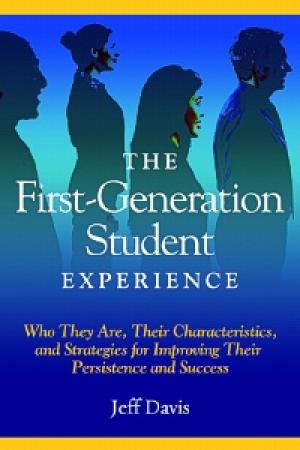
More first-generation students are attending college than ever before, and policy makers agree that increasing their participation in higher education is a matter of priority. Despite this, there is no agreed definition about the term, few institutions can quantify how many first-generation students are enrolled, or mistakenly conflate them with low-income students, and many important dimensions to the first-generation student experience remain poorly documented. Few institutions have in place a clear, well-articulated practice for assisting first-generation students to succeed. Given that first-generation students comprise over 40% of incoming freshmen, increasing their retention and graduation rates can dramatically increase an institution’s overall retention and graduation rates, and enhance its image and desirability. It is clearly in every institution’s self-interest to ensure its first-generation students succeed, to identify and count them, and understand how to support them. This book provides high-level administrators with a plan of action for deans to create the awareness necessary for meaningful long-term change, sets out a campus acclimation process, and provides guidelines for the necessary support structures. At the heart of the book are 14 first-person narratives – by first-generation students spanning freshman to graduate years – that help the reader get to grips with the variety of ethnic and economic categories to which they belong. The book concludes by defining 14 key issues that institutions need to address, and offers a course of action for addressing them. This book is intended for everyone who serves these students – faculty, academic advisors, counselors, student affairs professionals, admissions officers, and administrators – and offers a set of best practices for how two- and four-year institutions can improve the success of their first-generation student populations. (From the Publisher)
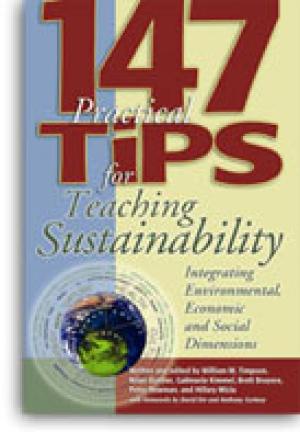
147 Practical Tips for Teaching Sustainability: Connecting the Environment, the Economy, and Society
The stone age didn't end because of a lack of rocks! one educator is fond of stating. While there were certainly an abundance of rocks available, stone age people moved on to a new era because it become possible for them to envision and create a different and more useful way of organizing life. Many believe that we are currently at a similar juncture and can begin to imagine and construct new ways to live on our planet. We are the first generation capable of determining the habitability of the plant for humans and other species, writers Anthony Cortese in the introduction. Teachers at every level can play an important role in helping us find a sustainable path. Exploring ideas about sustainability is appropriate for all disciplines, plus community groups, business and industry. The diverse backgrounds of the authors of this volume demonstrate exciting situations in which sustainability is critical. (From the Publisher)
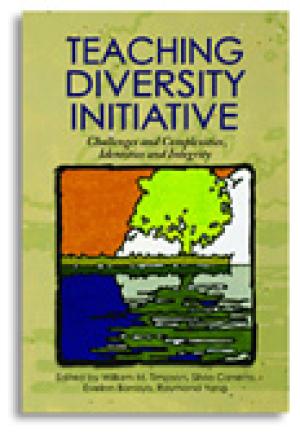
DIVERSITY IN HIGHER EDUCATION both in the student body and the faculty is an idea much heralded in academia. But how do committed institutions, faculty, and staff plan for diversity, teach it, and find opportunities within courses to expand on the canon of their discipline? How can diversity issues be dealt with in a sensitive and yet exciting manner? The contributors to this volume asked themselves those questions, joined together with like-minded colleagues, and met as a team--exploring their own experiences, sharing what their lives had taught them, and trying to make sense of difficult and sometimes conflicting ideologies. Together, the faculty and staff at Colorado State University created environment for each other to search, question, and then take their new awareness out into the greater community. This is a compilation of their thoughts and struggles as they explored the complexities of a diverse world and institution. It is a search for ways in which identify is preserved and celebrated, a search that supports integrity for all. This volume shares a portion of what they learned and shared. It can serve as a starting point for discussions on other campuses eager to move forward with diversity initiatives. (From the Publisher)
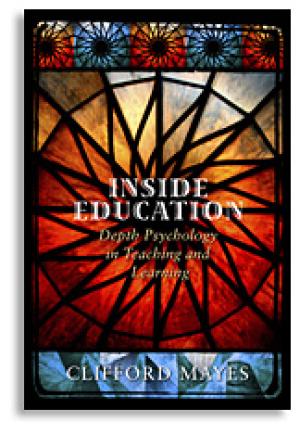
Education has to do with the mind and spirit of both the learner and the teacher. Those who teach know this instinctively. Yet many of the processes and mandates required in education, at all levels, fail to consider this most basic condition of the learning environment. Mayes, as an educator and therapist, examines the teaching/learning project through the lens of Depth Psychology because he believes that it offers the best possibility for examining the non-quantifiable dimensions of the student/teacher/learning situation. Depth Psychology, rooted in the work of Carl Jung, offer the educator a very human and humane way to frame interactions with learners. (From the Publisher)